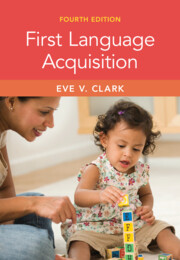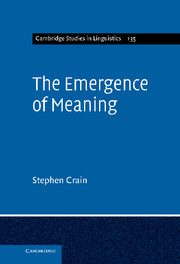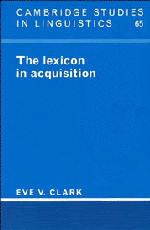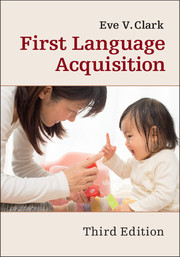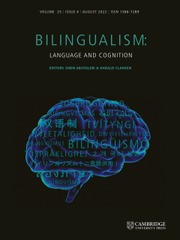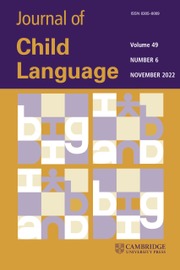First Language Acquisition
Now in its fourth edition, this textbook provides a chronological account of first language acquisition, showing how young children acquire language in their conversational interactions with adult speakers. It draws on diary records and experimental studies from leaders in the field to document different stages and different aspects of what children master. Successive chapters detail infants' and young children's progression from attending to adult faces, gaze, and hand motions, to their first attempts at communicating with gaze and gesture, then adding words and constructions. It comprehensively covers the acquisition of the core areas of language – phonetics and phonology, lexicon, grammar and sentence structure, and meaning – as well as how children acquire discourse and conversational skills. This edition includes new sections on how children build 'common ground' with adults and other children, individual differences in children's language development, how they collaborate with adults in constructing utterances, and how they qualify beliefs.
- Provides detailed examples of child usage to connect the theory with the data
- Presents different perspectives on language use, with examples, and clear linguistic descriptions
- Includes links to databases and programs for analysis, along with a list of resources for student projects/research
Reviews & endorsements
'Twenty years after its first edition, Eve Clark has again fully updated her now classic textbook. It will continue to be the world's most comprehensive and evenly balanced text on first language acquisition.' Willem Levelt, Max Planck Institute for Psycholinguistics
'A magnificent overview of the science (and beauty) of how children learn to talk. In clear, compelling prose, the book illustrates the process and product of language acquisition, highlighting its social and interactional dimensions. A wonderful hook into the topic, for novices and experts alike.' Inbal Arnon, Psychology Department, Hebrew University
'The writing style is clear and accessible, especially given the amount of information and scientific evidence provided in the text. Clark's textbook makes the topic accessible.' Richard Sprott, University of California Berkeley
Product details
June 2024Hardback
9781009294492
690 pages
250 × 175 × 42 mm
1.32kg
Available
Table of Contents
- 1. Acquiring language
- Part I. Getting Started:
- 2. In conversation with children
- 3. Starting on language: perception
- 4. Early words
- 5. Sounds in words: production
- 6. Words and meanings
- Part II. Constructions and Meanings:
- 7. First combinations, first constructions
- 8. Modulating word meanings
- 9. Adding complexity within clauses
- 10. Combining clauses: more complex constructions
- 11. Constructing words
- Part III. Using Language:
- 12. Honing conversational skills
- 13. Doing things with language
- 14. Two languages at a time
- Part IV. Process in Acquisition:
- 15. Specialization for language
- 16. Acquisition: continuity and change.

